How To Design a Logo: A Step-By-Step Guide (2024)
Designing a logo from scratch involves several steps, each essential for creating a unique and impactful visual representation of a brand. Here's a comprehensive guide on how to design a logo from scratch:
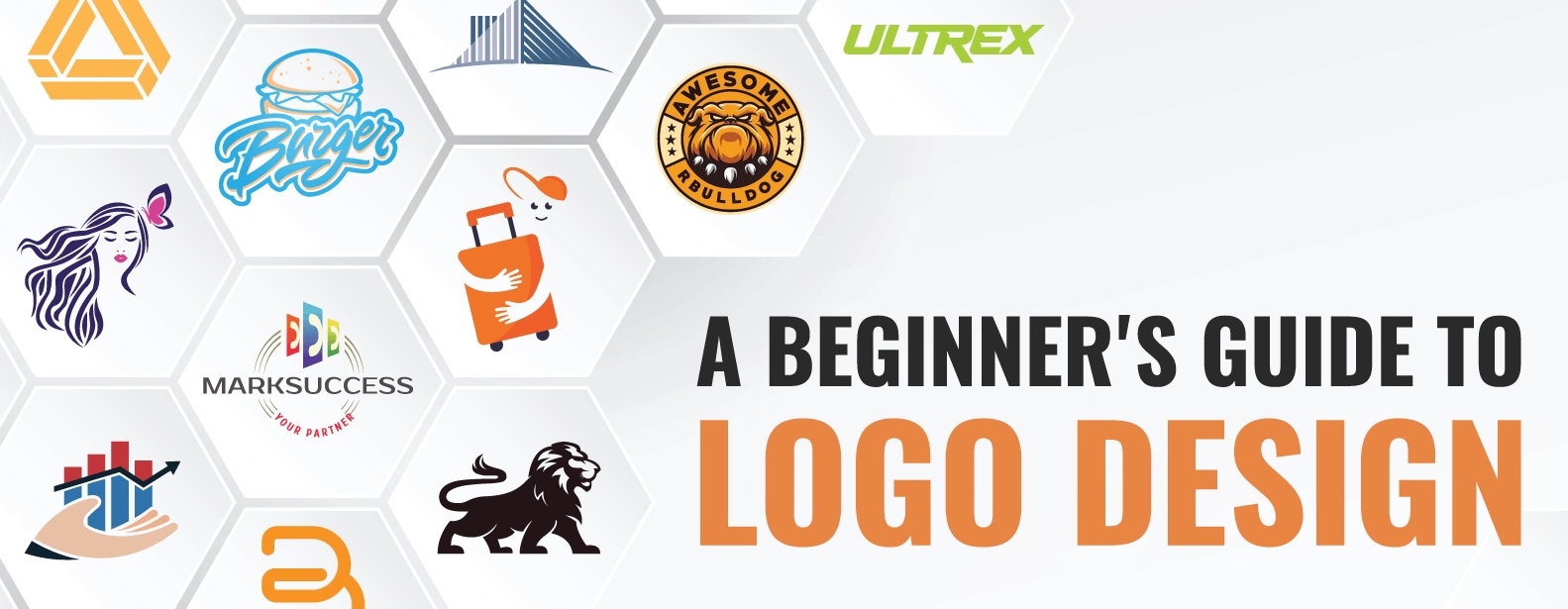
Understand the Brand:
Before diving into the design process, it's crucial to have a deep understanding of the brand's identity, values, target audience, and industry. Conduct research to gather insights into the brand's personality, positioning, and unique selling propositions.
Define the Objectives:
Clarify the goals and objectives of the logo design project. Determine what message the logo should convey, the emotions it should evoke, and the key attributes it should represent. Establishing clear objectives will guide the design process and ensure alignment with the brand's overall vision.
Brainstorm Ideas:
Begin the creative process by brainstorming ideas and concepts for the logo. Encourage experimentation and exploration, allowing for a wide range of possibilities. Consider different visual elements, typography styles, colors, and symbols that align with the brand's identity and objectives.
Sketch Concepts:
Once you have generated a list of ideas, start sketching rough concepts on paper or digitally. Focus on capturing the essence of each idea in its simplest form. Explore various layouts, compositions, and arrangements to find the most promising directions.
Refine Designs:
Select the most promising concepts from your sketches and begin refining them into more polished designs. Transition to digital tools such as vector graphics software to create clean, scalable versions of your concepts. Experiment with different shapes, fonts, and color palettes to fine-tune the visual elements.
Incorporate Feedback:
Seek feedback from stakeholders, clients, or target audience members to gather insights and perspectives on the logo designs. Consider their feedback carefully and use it to refine and improve the designs further. Iterating based on feedback ensures that the final logo resonates with its intended audience.
Test for Scalability:
Ensure that the logo design works effectively across various sizes and formats. Test its scalability by resizing it to different dimensions, from small icons to large banners. A well-designed logo should remain legible and recognizable at any size, maintaining its impact and clarity.
Assess Versatility:
Evaluate the versatility of the logo design by envisioning how it will appear across different applications and contexts. Consider its adaptability to various backgrounds, color schemes, and mediums. A versatile logo should be adaptable to different environments without losing its integrity or impact.
Finalize Design:
Once the design has been refined and tested, finalize the logo by making any last-minute adjustments and ensuring that it meets all the project objectives. Pay close attention to details such as alignment, spacing, and proportions to achieve a polished and professional result.
Deliver Assets:
Prepare the final logo files in appropriate formats for use across different platforms and mediums. Provide high-resolution vector files for print applications and raster files for digital use. Include guidelines on logo usage, spacing, and color specifications to maintain consistency and integrity.
By following these steps, you can design a logo from scratch that effectively represents a brand's identity, resonates with its target audience, and makes a lasting impression. Remember to stay true to the brand's essence and objectives throughout the design process, and don't be afraid to explore creative possibilities to find the perfect solution.
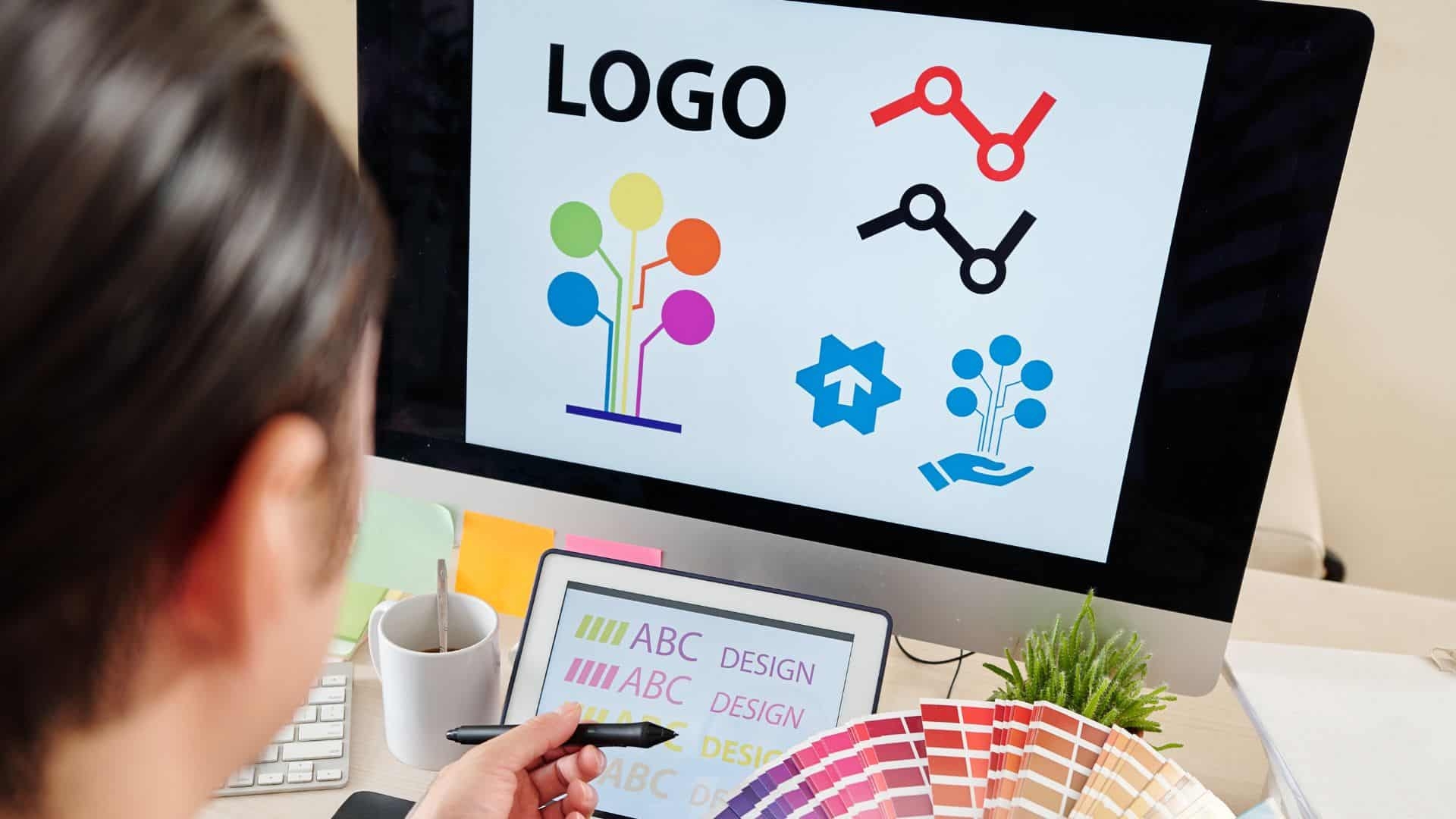
Define your brand identity
Brand identity design is a catch-all term for the visual elements of your brand, including your brand colors, your logo, and the way elements of your brand are designed. These visual elements work together to distinguish your brand identity in the minds of your customers.
Your brand’s distinguishing features—what’s most important to you and what will be most recognizable to your customers—lie in the answers to these questions. Before putting your pen to paper and choosing your logo colors and aesthetics, ask yourself who you are.
Here are steps you can take to nail your brand identity:
- Create a mind map of your brand values. Start with a central idea and diagram your thoughts by connecting keywords and related concepts.
- Reflect on your “why.” Ask yourself why you started your business, what values are important to your brand, and what sets you apart from the competition.
- Come together. Join forces with your team to go over your mind map and values. It helps to get a second (and third) opinion and identify patterns.
- Start conceptualizing. You don’t need to come up with a polished logo straight away. This activity can get your creative juices flowing so you can start to visualize the perfect logo.

Seek inspiration
Getting started is often the hardest part of any creative activity. It’s good to have an idea, but sometimes the problem is having too many ideas at once. It can help to see what other brands are doing and get a feel for the kind of logos you like best.
Here are some places to get inspiration:
- Logo repositories: Browse logo libraries like Logoed, Logospire, and Logo Design Love. Create a file of your favorites.
- Check out the competition: What are similar brands doing with their logos? It can help to see if there’s a common theme in your industry.
- Hashtags: Scroll design-related hashtags on Instagram. Try #logo, #logodesigns, and #logodesigner to get started.

Determine logo style
The style of your own logo should go hand-in-hand with the overall feel of your brand. It helps to think about what kind of experience you want customers to have: Do you want them to feel nostalgic? Relaxed? Inspired? Warm and cozy?
Here are some design aesthetics you can use in your logo:
Classic
Classic logos stand the test of time. They bypass trends and help you reach a broader audience. The colors are usually simple and elegant, which makes your business appear reliable and professional.

Vintage
Vintage (or retro) logos inspire a sense of nostalgia. They often feature worn-look text, illustrations, and a muted color palette.
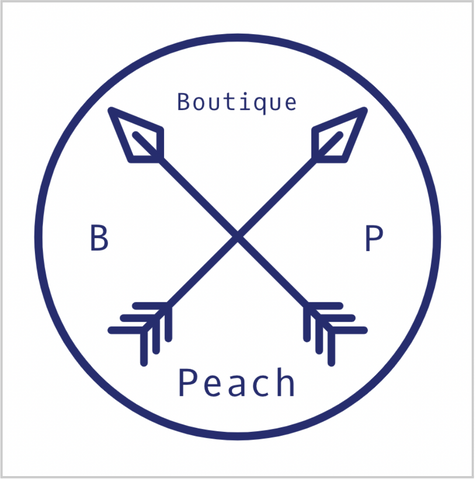
Modern
Modern logos are fresh and minimalist. They often feature a lot of white space, minimal details, and simple lines, creating a trendy, cool feel around your brand.

Fun
If your brand sells quirky products to a young audience, consider a fun logo style. They’re characterized by colorful illustrations and unconventional fonts and have a positive feel to them.

Handmade
Handmade logos insinuate your brand is independent and leans heavily toward handcrafted goods. These logos often feature handwritten fonts, organic shapes, and line-drawn illustrations.

Choose a logo type
Whether you’re designing your own custom logo from scratch or using a logo template, it’s a good idea to understand the different types of logos.
Monogram logos
Also known as letter marks, monogram logos are made up of letters, often the brand’s initials. Think NBC, GE, HBO, NASA. Monogram logos are simple, but help people remember the company behind the logo.
For example, which is easiest to remember and say: IBM or International Business Machines?

Wordmarks
A wordmark logo (or logotype) is a font-based logo that shows the company name. Think Visa, Disney, and Jeep.
Wordmark logos work best for companies with catchy names. The memorable name and expressive typography create a strong brand association. They are also adaptable and can be used across different marketing and advertising materials while representing your business.
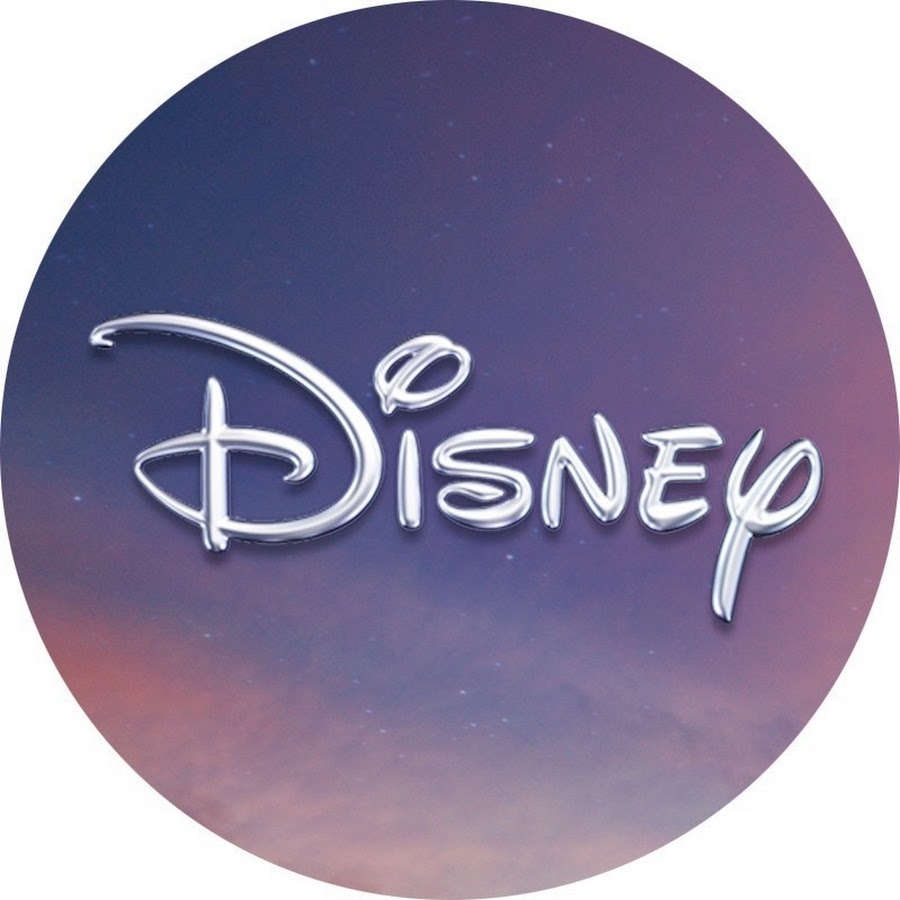
Pictorial marks
Pictorial marks are graphic-based logos. Whenever you see one, you immediately recognize it as the logo of a company. The Apple fruit logo, Instagram camera logo, and the Target bull’s-eye logo are all examples of this.

Abstract logo marks
An abstract logo mark is conceptual. It consists of a symbol that’s made just for your company. Your logo doesn’t relate to anything that exists in the world, like a bird or an apple. It’s designed to express the uniqueness of your brand. Think Airbnb, Microsoft, and Pepsi.
Abstract logos are hard to create if you have no design experience. It’s best to hire a professional logo design consultant who can translate colors and shapes into meaningful marks for your business.

Mascots
A mascot logo represents your business through a character. Often, they are colorful, cartoonish, and fun. A mascot logo humanizes your brand and acts as an ambassador for it.
Companies selling to kids and families, as well as sports teams, should use these designs. Popular mascot logos you’d likely recognize are Mr. Peanut by Planters, Mickey Mouse, or M&M’s characters.

Combination marks
A combination mark combines a wordmark or lettermark with a pictorial mark, abstract logo, or mascot. You then integrate them together to create the logo.
Combination marks help people associate your company name with a picture or icon immediately. Widely recognized combination marks include Ralph Lauren, Burger King, and Converse.

Decide on a color scheme
Color plays an important role in decision-making and brand identity. Your logo’s colors will end up on your website, in-store signage, social media feeds, marketing emails, and every other place where a user interacts with your brand. There’s no color that’s universally “better,” but each color does say something different. You want to make sure you’re saying the right thing.
Color psychology in logo design is used to emphasize certain product or corporate traits for specific colors. With that in mind, let’s go over the psychological effects of certain colors:
Brown
Brown is often associated with all-natural ingredients, homemade goods, and freshly baked treats. It’s also the color of tree bark, sticks, autumn leaves, and rich soil, so it can give an outdoorsy aura to your brand.
Orange
Like a roaring fire, orange radiates warmth, energy, and passion. It also tends to invoke summer—especially when paired with lighter blues and soft greens.
Yellow
Orange’s high-saturation sister, yellow, also gives off light, energy, and warmth. But if orange’s warmth is a glowing fireplace, yellow’s is the intense heat of a midday sun. It brings fun, positive vibes to your brand.
Green
Green can invoke an organic aura that brings to mind lush rainforests, eco-awareness, and a sense of calm.
Pink
Pink is a soft gentle color often associated with femininity. It has broader connotations of kindness, romance, and love.
Red
Red is bold and unforgiving. It stands out, which is why it’s become such a dependable color in branding. Like pink, red tends to invoke romance. But whereas pink’s romance is tender and gracious, red’s romance is passionate, loud, and carnal.
Purple
Purple is a shadowy, mysterious stranger with an almost magical magnetism. Given that purple dyes historically have had a reputation for being rare and expensive, there’s no mystery how purple has come to be associated with wealth, excess, mysticism, magic, and indulgence.
Blue
Blue tends to invoke feelings of trust, ease, and peace. That said, blue has also been shown to be the least appetizing color. Try to avoid it if you’re selling food.
Black, gray, and white
Sometimes the best color for your brand is no color at all. Shades of black, white, and gray tend to invoke a sense of calmness, balance, or clarity.
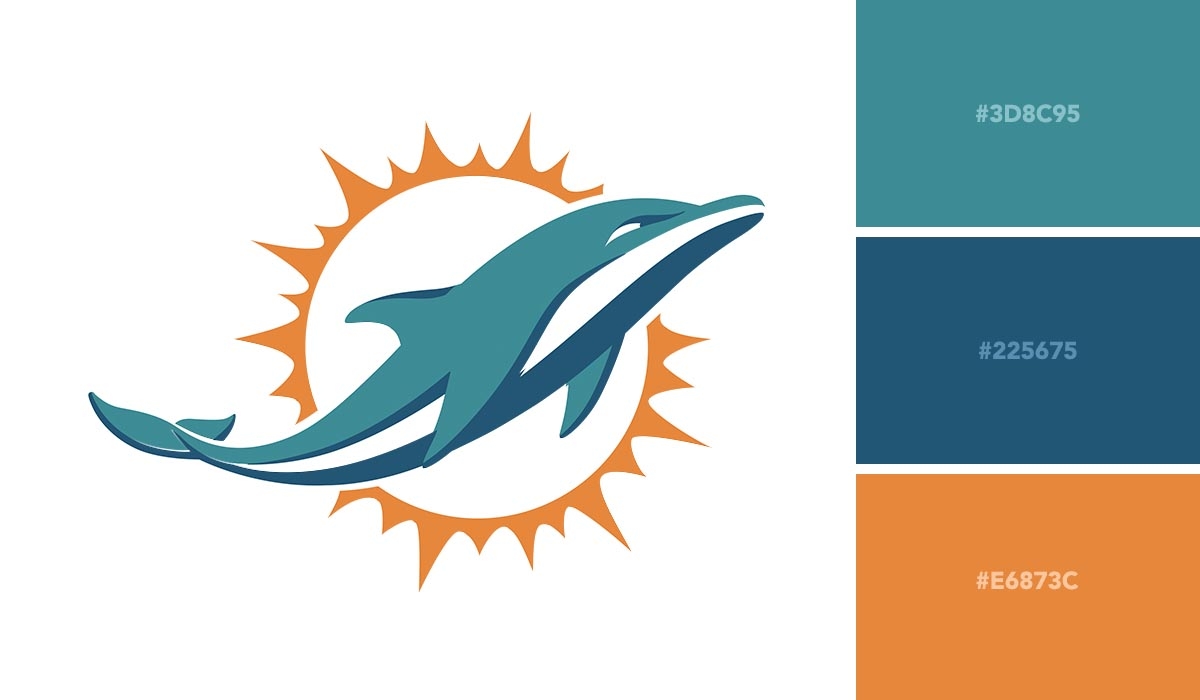
Using multiple colors
Most logos are monochromatic. Single colors are easier to coordinate with, and using only one color will simplify your brand’s other graphic design elements. Monochrome logos also can be reimagined in different colors for different purposes.

The FedEx logo is typically displayed in blue and orange. However, the company has created alternative color logos for specific departments.
Pick a font
Your logo may not include any text, but much of your graphic design will, including your web copy, signage, and a host of other branded materials. For the sake of consistency, it’s important to consider which typefaces your brand plans on using in the logo design process, even if you’re not using them in the logo itself.
Typeface vs. font
The terms “typeface” and “font” are used interchangeably in most contexts, so it’s common to assume they’re synonyms. However, there’s an important distinction: a typeface is a characteristically distinct set of typographical symbols and characters, often divided into variant sets, like italic and bold. Each of these variant sets is a font.

The four basic type styles and when to use them
Some logo fonts focus on style, some on historical significance, and some on endless splintered subcategories. The most common system categorizes fonts into four types.
Serif fonts:
Serif is the oldest type style and dates back to the Latin alphabet. It’s characterized by the “feet” at the end of each stroke. Serif typefaces are associated with history and tradition and are often used by luxury brands to invoke a sense of elegance.
Sans serif fonts:
Sans serif type is more modern and often used in a digital capacity because it’s easier to read on a screen. These typefaces are associated with simplicity and minimalism and are often used to convey a sense of innovation and modernity.
Script fonts:
Script typefaces are derived from handwriting or calligraphy. They’re fluid and often used in whimsical contexts to portray a sense of personality, romance, and passion.
Decorative fonts:
Decorative typefaces forego typographical conventions and can take on a wide variety of moods. They are stylistically diverse and should be used sparingly—too much of a good thing can quickly become tacky.
When choosing your font, also consider the line thickness, whether you’ll use italicized or regular, and the mood you want to convey.
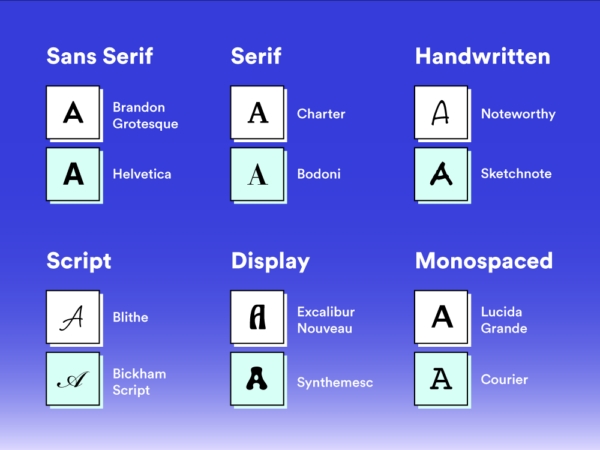
Outline a logo shape
The shape of your final logo design is just as important as the colors and fonts you use. We subconsciously respond in different ways to different shapes, whether it’s a circle or a square. Here are some common logo shapes and what they might signify:
- Circles and ovals: Anything circular projects a positive message, usually related to community, friendship, and love.
- Squares: Squares signify practicality and stability. They also imply balance and strength—but be mindful that they can appear cold and uninviting if paired with a monochrome color palette.
- Triangles: Triangles are often associated with science and power and tend to reflect masculine traits.
- Vertical and horizontal lines: Who knew that lines could convey so much? We subconsciously associate vertical lines with strength, while horizontal lines often indicate community and calmness.
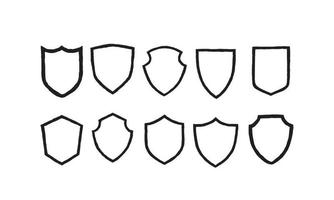
Fine-tune your logo design
The creative process is different for everybody. Some may start with sketches, while others might jump right into Adobe Illustrator. The drafting phase involves a lot of trial and error, so don’t get discouraged if things aren’t working.
At a certain point, you’re going to start to feel like you can’t even recognize letters from shapes or good logos from bad. When this happens, it might be time for feedback. Feedback is incredibly important to the creative process because it’s the only method creators have of “testing” their ideas.
For the best feedback, ask specific questions about how each person perceives your brand based on the company logo. Being told your logo is “good” or “bad” won’t be helpful, but knowing how your brand comes across will be.
Here are some questions to ask when getting feedback:
- What’s the first thing that sticks out to you?
- How would you characterize my brand?
- What do you remember most about the logo?
- Is there anything you’re confused by?
- If you could remove one aspect of the design what would it be?
It’s hard for someone to be certain of how they’d react to your brand in real life, so avoid questions like, “Would you buy this?” or “Is this interesting?” More specific questions will garner more specific answers and better feedback.
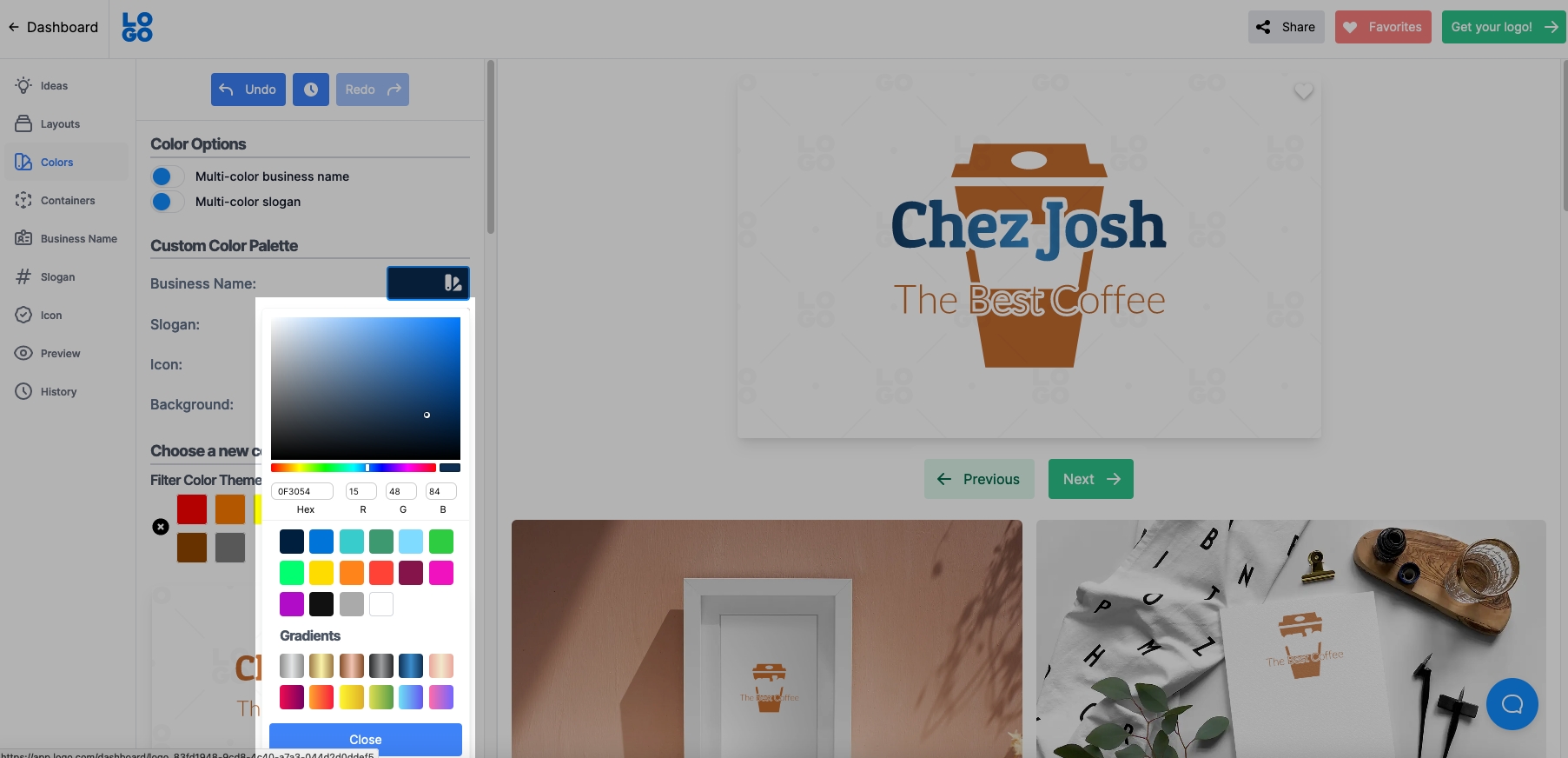
Making a final decision: Tips to choose the best logo
Now you have your feedback and your initial designs, it’s time to decide on your final logo design. Easier said than done. When choosing the right design, think back to the elements that make a good logo and ask yourself:
- Is my chosen logo simple and memorable?
- Is my chosen logo versatile? Can it be used in multiple ways?
- Does my chosen logo reflect my brand values?
- Does my chosen logo stand out against competitors and speak to my target audience?
- Will people be able to tell what my chosen logo is in less than five seconds?
Putting your logo to work: Tips to integrate your logo into your business
Ready to show the world your brand new logo? Here are some tips for integrating it seamlessly throughout your business.
- Add it to your email signature.
- Use it as your profile picture on all social media accounts.
- Incorporate it into product packaging (both internal and external).
- Include it on business cards and any print materials.
- Splash it across the front of your brick-and-mortar store.
- Add it to invoices and transactional emails.







.png)






